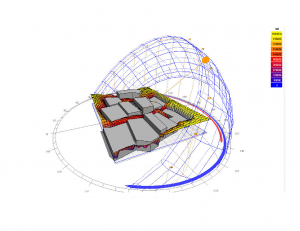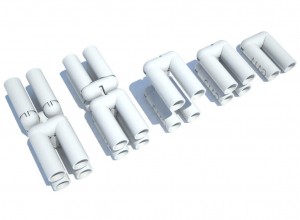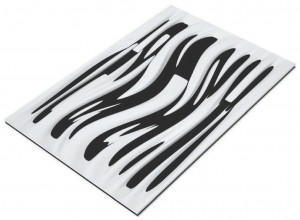The following project is a CASA-STUDIO located in a residual space between buildings. Solar analysis will be applied to this building in order to understand the light effect.
The studies proposed for this exercise were: daily shadows analysis, monthly shadows analysis, solar analysis on the building, solar analysis on facades, daylight analysis, ray light analysis ant thermal comfort analysis.
Refer to the complete analysis: FINAL ASSIGMENT ECOTEC


 ASSIGNMENT 3
ASSIGNMENT 3
 ASSIGNMENT 2
ASSIGNMENT 2
